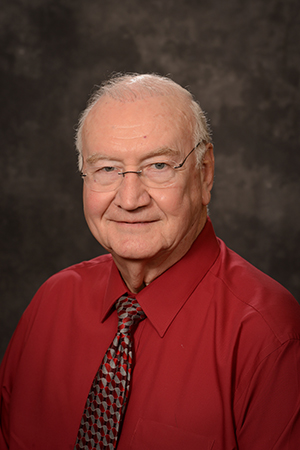
Dr. William Schneider, retired professor of practice from the Department of Mechanical Engineering at Texas A&M University, has been recognized as part of the team that won the 2017 Invention of the Year from the NASA/Johnson Space Center Inventions and Contributions Board.
The winning invention was the inflatable spacecraft vessel from the Johnson Space Center. The pressurized module, which is lightweight, collapsible and compact prior to launch, is capable of being enlarged to provide additional volume, such as for human habitation, laboratory work, stowage, containment and/or spaceflight, according to NASA. The vessel, named the Bigelow Expandable Activity Module, was successfully attached to the International Space Station in 2016. Due to its ability to take up less launch volume ratio than typical metallic modules, the inflatable vessel can help save on mass and increase efficiency.
Schneider led the project when he worked at NASA before retiring and becoming a professor at Texas A&M. While at the university, Schneider, patent owner of the vessel, continued to work on the project with Robert Bigelow, real estate tycoon turned space entrepreneur.
Other members of the team included Horacio de la Fuente, Christopher Johnson, Gerard Valle, Kriss Kennedy, James Daniel Cooper Jr., Gary Spexarth, Chin Lin, Jasen Raboin, Richard Malecki, Greg Edeen, Linda Hess and Shalini Gupta Pandya.
The technology has been licensed by Bigelow Aerospace to further advance commercial space applications.
According to the board, the annual Invention of the Year program recognizes inventions that have significantly contributed to NASA programs or that exemplify NASA’s mission to transfer cutting-edge technology to U.S. industry.